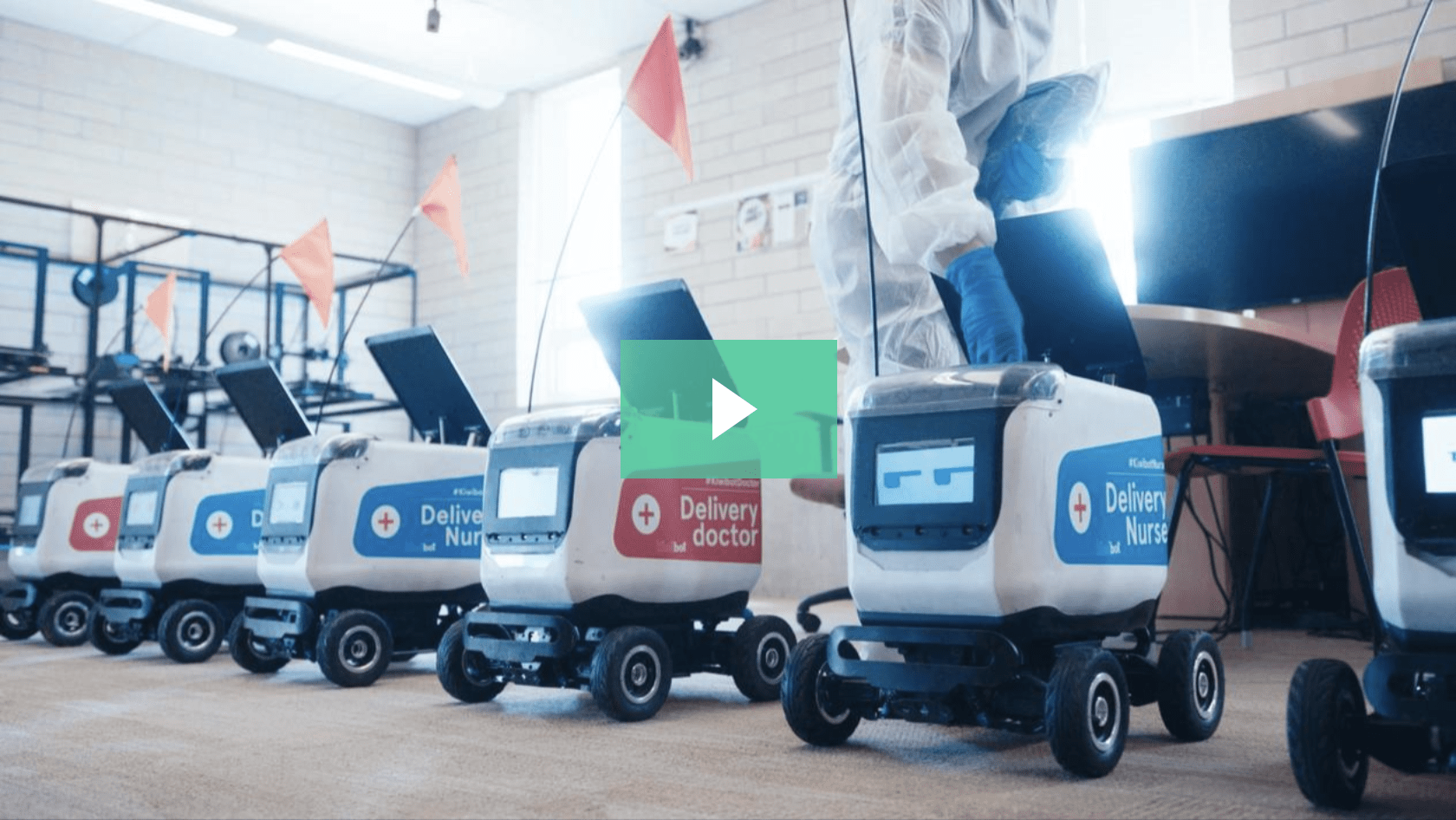Deal Abstract
Robot company that wants to deploy thousands of tiny delivery robots. Currently has 50 robots in production with the city of San Jose, generating ~$280k in revenue last year. Raises questions about whether the future of delivery is Kiwibots, Amazon drones, Uber’s network of drivers or autonomous vehicles.
Interested in startup investing? Subscribe to my premium newsletter, Startup Investing, to receive exclusively weekly content, tailored for the startup investor.
The 6 Calacanis Characteristics (91 161 18)
| Check | Yes/No |
| 1. A startup that is based in SV | Yes: Berkeley, CA (but also Medellin, Colombia) |
| 2. Has at least 2 founders | Yes: 3 |
| 3. Has product in the market | Yes |
| 4. 6 months of continuous user growth or 6 months of revenue. | Yes: Revenue doubled from 2018 (136k) to 2019 (279k). |
| 5. Notable investors? | No: Don’t recognize any of the following (Berkeley Skydeck, Infinity, Prototype Capital, Urban.us & TYLT Ventures) |
| 6. Post-funding, will have 18 months of runway | No: Only raised $323k and burned 2.6MM in 2019 (218k monthly.) At present, only has 1.5 months of burn. |

The 7 Thiel Questions (ETMPDDS)
- The Engineering question:
- Uncertain: is this driving robot really 10x better than Amazon’s flying drone deliveries? Link.
- The Timing question:
- Uncertain: Sensors and ubitquitous Internet help the connectivity side but uncertain if it helps the hardware side.
- The monopoly question:
- Uncertain: If Amazon’s drones are good enough, what’s to prevent them from going AmazonGo and licensing the technology out to competitors much like Tesla open sources its battery technology to own the standard?
- The people question:
- Good: CEO and COO seem very strong.
- The distribution question:
- Bad: Would be great if one of them had experience with a large delivery chain (e.g. Pizza Hut, which they referenced,) to secure hundreds of thousands of these robots to finish last mile delivery.
- The durability question:
- Good: Once you build the end to end robotic infrastructure to restaurants chains & food delivery aggregators, this is very defensive.
- *What is the hopeful secret?:
- Cheap tiny robots will ultimately be more unit effective than drones, Uber’s delivery network, and any of these other logistics innovations that are taking place in 2020.
What has to go right for the startup to return money on investment:
- Legislative cooperation from more cities like San Jose.
- Flawless integration with restaurant order systems and also fulfillment.
- Charging not only per order but at one point SaaS for this “end-to-end robotic infrastructure to restaurants,” or alternatively, higher/near predatory prices like any of the food delivery apps.
What the Risks Are
- Core Thesis: Tiny robots are economically weaker than drones and Uber’s network.
- Capital Risk: the company burned 2.6MM last year to achieve 280k in revenue. It’s only raised $323k capital so far. To raise 18 months of runway, it’ll need ~$6MM in capital.
- Speed of growth: “Pre-pandemic fleet of 20 Kiwibots grew to 50 — with 500 more robots in production.” 50 robots created $280k in revenue, so to get to $250MM in ARR youd’ have to have 50000 of these robots floating around the United States. I foresee Amazon beating Kiwibots to this audacious hardware deployment goal.
Muhan’s Bonus Notes
Financials (References)
- Current Fundraised: $323k
- Valuation: ~$19MM
Updates
This is where I’ll post updates about the company. This way all my notes from offering to post-offering updates will be on one page.
Review these deal memos every time the startup raises a new round
Test if original thesis still applies
Notice trends in how you think

So, did I invest?
Click here to find out.Other thoughts, questions, comments, or concerns? Write me at mail@muhanzhang.com and let me know.

